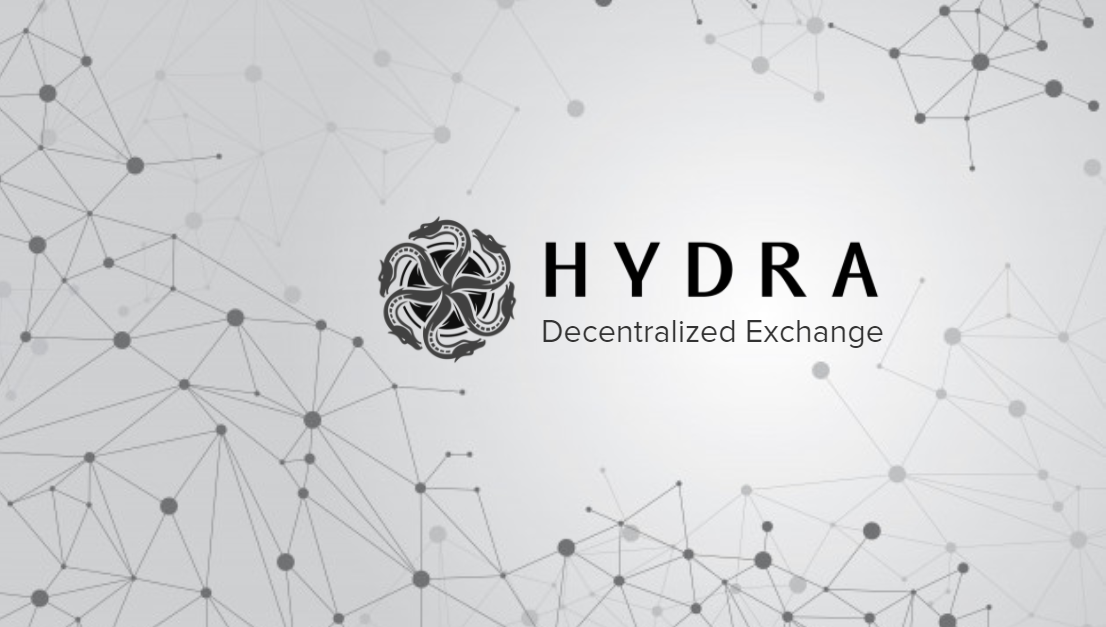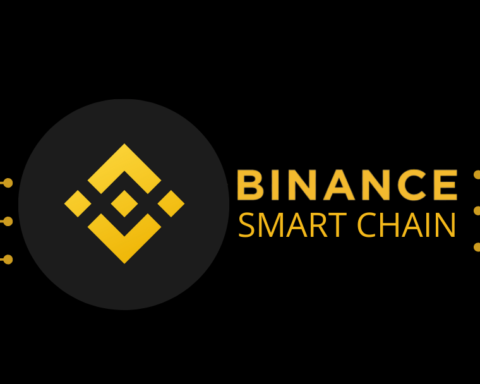Decentralized finance (DeFi) aims to recreate traditional financial services without intermediaries using blockchain technology. However, issues like slow transaction speeds and complex user interfaces limit mainstream adoption. This is the problem Hydra Chain strives to solve – an advanced layer 1 network designed for real-world usability, security, and simplicity.
At Hydra’s foundation is its native HYDRA token, enabling network governance and passive income via staking rewards. Now, Hydra propels its DeFi capabilities forward with LYDRA, a liquid derivative allowing HYDRA stakers to tap additional utility.
The newly launched LYDRA/HYDRA pool on Hydra’s decentralized exchange (DEX) signals meaningful progress unlocking dual-token functionality. By facilitating trades between the assets, the pool supports price discovery for embryonic LYDRA while letting HYDRA holders access another yield channel. Apart from incentives for liquidity miners, the pairing paves the way for innovations like leveraged staking and cross-chain arbitrage.
With this expansion to its DeFi ecosystem, LYDRA and HYDRA hold immense opportunity to drive user adoption while furthering real-economy blockchain integration. The joint pool accelerates this vision by broadening the potential of both tokens.
Understanding Hydra Chain and LYDRA
Hydra Chain uniquely combines advantages from Bitcoin, Ethereum, Qtum and BlackCoin. From Bitcoin – secure architecture and UTXO model; Ethereum – Virtual Machine and smart contracts; Qtum – decentralized governance; BlackCoin – Proof of Stake consensus v3.
This robust foundation empowers industry-top speeds, low fees, and extensive functionality to power dApps. HYDRA also enables staking and governance to enrich its network. These capabilities have attracted projects like LockTrip, GoMeat and more.
Now, Hydra elevates its tech stack further with LYDRA – “Liquid HYDRA”. LYDRA is a liquidity derivative allowing HYDRA stakers to access supplemental utility. By locking HYDRA, users can mint LYDRA 1:1 to maintain staking rewards while freely utilizing the LYDRA. LYDRA can then be burned to reclaim the staked HYDRA.
This unlocks two key advantages: First, HYDRA stakers gain flexibility to engage with DeFi without losing staking revenue. Second, by capitalizing on asset price differences, innovative tactics like leveraged staking become possible to boost yields. As the pioneering on-chain pool for the LYDRA derivative, the LYDRA/HYDRA DEX pool sets the stage for users to harness these benefits completely.
Hydra’s leading-edge innovations persist in pushing the frontiers of usability and adoption. LYDRA expands on this legacy by augmenting the potential of its thriving ecosystem.
The LYDRA/HYDRA Pool on Hydra DEX
The pool facilitates swapping between LYDRA and HYDRA similarly to DEX leaders like Uniswap or PancakeSwap. Liquidity providers furnish equivalent values of both tokens into the pool to mint LP tokens. Asset ratios then fluctuate dynamically based on market activity, with prices derived from the pooled reserves.
However unique advantages emerge from the direct link between LYDRA and HYDRA. For example, the pool produces a transparent on-chain benchmark price for LYDRA to progress beyond over-the-counter constraints.
More broadly, the launch unlocks new utility for both tokens and users. With direct LYDRA liquidity, HYDRA stakers can optimize yields through leveraged staking tactics without relying on external counterparties. Advanced traders can conduct multi-chain arbitrage across Ethereum and Hydra based on price discrepancies. The interchange between tokens also cements Hydra’s internal ecosystem.
For DeFi at large, the pool exemplifies a model to generate liquidity derivatives for improving capital efficiency – by fractionally freeing staked assets without decreasing security, new pool models can redistribute unused value. The mechanics introduced by Hydra strike a balance between previously incompatible incentives across decentralized stakeholders.
While the LYDRA/HYDRA pool itself lacks a reward scheme, Hydra incentivizes other pairs via liquidity mining programs including:
Stablecoin Pools:
2,000 HYDRA/month for USDC/USDT (0.05% fee)
2,000 HYDRA/month for USDC/DAI (0.05% fee)
Lydra Pools:
5,000 HYDRA/month for USDC/LYDRA (0.30% fee)
5,000 HYDRA/month for ETH/LYDRA (0.30% fee)
5,000 HYDRA/month for WBTC/LYDRA (0.30% fee)
High Correlation Pool:
3,000 HYDRA/month for WBTC/ETH (0.30% fee)
These incentives deepen liquidity and participation across the pairs. Interested users can refer to Hydra’s Liquidity Mining Guide for further details.
Future Outlook and Challenges
With the success of the LYDRA/HYDRA pool as a case study, Hydra races to integrate with ecosystem partners and layer 2 solutions, allowing its derivative model to enhance capital efficiency broadly. Other exchanges and DeFi platforms could emulate this template.
However, users should remain vigilant of external dangers like smart contract risks and financial hazards from high volatility. While asset correlation limits impermanent loss, it does not remove it entirely. Users must balance yield potential against possible downsides. Regulatory jurisdiction also persists as an open question for tokenized derivatives.
Nonetheless, the introduction cements the integral role LYDRA and Hydra will play advancing decentralized finance. By charting new ways to generate yields while retaining principal soundness, Hydra provides a window into the future framework of asset valuation and distribution in digital economies. If adoption mirrors innovation, the next leaps in DeFi may germinate from Hydra’s ouroboros of collateral and liquidity.
Getting Involved
Interested users should join Hydra’s Telegram and Twitter to interact with the passionate community and team directly. Telegram facilitates technical support, announcements, governance and collaborative thinking. Twitter broadcasts the latest network developments. Don’t miss official news, articles and expert analysis by subscribing to the Hydra News Channel. Also explore the feature-rich Hydra DEX and ecosystem partners by bookmarking the Hydra Website. Refer to the platform’s continuously updated documentation and guides to start staking, providing liquidity and more.




